 Tourism
Tourism
Burj Khalifa Dubai: Ultimate Guide to Tickets, Atmosphere Restaurant & Tower Experience
Picture this: you're standing 828 meters above the bustling streets of Dubai, gazing out through floor-to-ceiling windows as the city sprawls endlessly beneath you. The Persian Gulf shimmers in the distance, while the geometric patterns of Dubai's urban landscape create a mesmerizing tapestry of glass, steel, and desert. This isn't just any observation deck experience—this is the Burj Khalifa, and it's about to take your breath away.
From the moment you emerge from the Burj Khalifa Dubai Mall metro station and catch your first glimpse of this architectural giant, you'll understand why millions of visitors make the pilgrimage to Downtown Dubai each year. The Burj Khalifa tower has become more than just a skyscraper; it's a symbol of Dubai's meteoric rise from desert trading post to global metropolis, a vertical city that houses offices, residences, hotels, and some of the world's most exclusive dining experiences.
The Remarkable Story Behind Burj Khalifa's Creation
The story of the Burj Khalifa begins in 2004, when Emaar Properties announced an ambitious project that would push the boundaries of engineering and design. Originally named Burj Dubai, the tower was conceived during Dubai's rapid expansion period, when the emirate was transforming itself into a global hub for business, tourism, and innovation.
Adrian Smith of Skidmore, Owings & Merrill designed the Burj Khalifa tower with inspiration drawn from Islamic architecture, particularly the Hymenocallis flower and traditional Islamic art patterns. The building's Y-shaped floor plan maximizes views of the Arabian Gulf and minimizes wind loads, while its setbacks create a spiraling effect that reduces wind forces as the tower rises.
Construction began in 2004 with Samsung C&T Corporation as the main contractor, and the project employed over 12,000 workers at its peak. The tower's concrete core was pumped to record-breaking heights, requiring specially formulated concrete that could withstand the extreme pressures of high-altitude construction. By 2009, the structure had reached its full height, and in January 2010, the building was officially opened and renamed Burj Khalifa in honor of Sheikh Khalifa bin Zayed Al Nahyan, the President of the UAE and ruler of Abu Dhabi.
The engineering marvels embedded within the Burj Khalifa are staggering. The building contains enough concrete to build a sidewalk stretching from Dubai to Riyadh, enough steel to stretch a quarter of the way around the Earth, and a water system that can provide 946,000 liters daily. Its advanced elevator system includes double-deck elevators that travel at speeds of up to 10 meters per second, whisking visitors from ground level to the observation decks in under a minute.
Planning Your Burj Khalifa Tickets and Visit
Securing your Burj Khalifa tickets requires strategic planning, especially during Dubai's peak tourist seasons from November through March. The tower offers multiple ticket options, each providing different levels of access and experiences that cater to various budgets and preferences.
The most popular option is the "At The Top" experience, which grants access to the observation decks on levels 124 and 125. These outdoor terraces provide spectacular 360-degree views of Dubai, and the experience includes multimedia presentations about the tower's construction and Dubai's development. For those seeking an even more elevated experience, the "At The Top SKY" tickets include access to level 148, the world's highest observation deck with outdoor terrace, where you can enjoy complimentary refreshments while taking in unparalleled views.
Timing your visit is crucial for maximizing your Burj Khalifa experience. Sunset slots are the most coveted, allowing visitors to witness Dubai's transformation from daylight to the glittering cityscape that emerges after dark. However, these premium time slots command higher prices and often sell out weeks in advance. Early morning visits offer crystal-clear visibility and fewer crowds, while late evening slots provide the full spectacle of Dubai's illuminated skyline.
When purchasing Burj Khalifa tickets, consider booking directly through the official website at burjkhalifa.ae to ensure authenticity and access to the best available packages. Combination tickets that include Dubai Mall attractions or Dubai Fountain shows can provide significant value for visitors planning to explore the broader Downtown Dubai area.
The ticketing system operates on a timed-entry basis, and visitors are advised to arrive at least 30 minutes before their scheduled time slot. The entry process includes security screening and a brief orientation before you're escorted to the high-speed elevators that will transport you to your chosen observation level.
Getting There: Burj Khalifa Dubai Mall Metro Station and Transportation
Reaching the Burj Khalifa has never been easier, thanks to Dubai's efficient public transportation system and the strategically located Burj Khalifa Dubai Mall metro station. This Red Line station serves as the primary gateway for visitors arriving by metro, connecting seamlessly to both the tower and the expansive Dubai Mall complex.
The Burj Khalifa Dubai Mall metro station is a marvel in itself, featuring modern architecture and clear signage in both Arabic and English. From the station, covered walkways and air-conditioned passages lead directly to the Dubai Mall, from where the Burj Khalifa entrance is clearly marked and easily accessible. This climate-controlled route is particularly appreciated during Dubai's intense summer months, when outdoor temperatures can exceed 45°C.
For those arriving by car, the Dubai Mall offers extensive parking facilities with over 14,000 spaces across multiple levels. Valet parking services are available for those preferring a more premium arrival experience. The mall's parking system includes clear directional signage to the Burj Khalifa entrances, and shuttle services operate during peak hours to transport visitors from remote parking areas.
Taxi and ride-sharing services like Uber and Careem provide convenient door-to-door transportation, with designated drop-off points near the Dubai Mall's main entrances. During peak hours and special events, expect longer waiting times for pickup, so plan accordingly if you're on a tight schedule.
The Dubai Trolley, a charming vintage-style tram, offers a unique transportation option within Downtown Dubai, connecting the Burj Khalifa area with nearby hotels and attractions. While primarily a tourist novelty, it provides a leisurely way to explore the district while enjoying street-level views of the towering architecture.
Atmosphere Burj Khalifa: Dining Among the Clouds
No visit to the Burj Khalifa would be complete without experiencing Atmosphere Burj Khalifa, the world's highest restaurant from ground level, located on levels 122 and 123. This award-winning establishment has redefined fine dining by combining exceptional cuisine with unparalleled views, creating an atmosphere that's truly otherworldly.
The journey to Atmosphere Burj Khalifa begins with a dedicated entrance and elevator system, emphasizing the exclusivity of this dining experience. As you ascend 442 meters above Dubai, the anticipation builds until the elevator doors open to reveal a sophisticated interior designed by Adam Tihany, featuring contemporary furnishings, subtle lighting, and floor-to-ceiling windows that frame Dubai's sprawling landscape.
The restaurant's menu showcases modern European cuisine with innovative presentations that match the extraordinary setting. Executive Chef Dwayne Cheer has crafted a selection of dishes that highlight premium ingredients and sophisticated cooking techniques. The wine list features over 400 selections from renowned regions worldwide, with sommelier recommendations designed to complement both the cuisine and the elevated dining environment.
Reservations at Atmosphere Burj Khalifa are essential and should be made well in advance, particularly for window-side tables during sunset hours. The restaurant offers various dining options, from elegant lunch experiences to romantic dinner services. The dress code maintains the establishment's sophisticated ambiance, requiring smart casual attire with no shorts, flip-flops, or overly casual clothing permitted.
Beyond the main dining room, Atmosphere features a sophisticated lounge area perfect for afternoon tea, cocktails, or light bites. The lounge provides a more relaxed atmosphere while maintaining the same spectacular views, making it an ideal choice for celebrating special occasions or simply enjoying the unique experience of dining in the clouds.
The cost of dining at Atmosphere Burj Khalifa reflects its exclusive positioning, with set menus and à la carte options available. Many visitors consider the experience a once-in-a-lifetime opportunity that justifies the premium pricing, especially when considering that dining reservations include access to the tower's lower observation levels.
Beyond the Observation Decks: Hidden Gems and Experiences
While the observation decks attract most attention, the Burj Khalifa tower houses numerous other attractions and experiences that many visitors overlook. The tower's lower levels connect seamlessly with the Dubai Mall, creating an integrated entertainment and shopping complex that could easily occupy an entire day.
The Dubai Fountain, located in the Burj Khalifa Lake at the tower's base, presents spectacular water and light shows every 30 minutes during evening hours. These choreographed performances, set to everything from classical music to contemporary Arabic songs, can be viewed from multiple vantage points around the lake, with the Burj Khalifa providing a dramatic backdrop.
Art enthusiasts will appreciate the rotating exhibitions often displayed in the tower's lobbies and connecting areas. These installations frequently feature works by Emirati and international artists, providing cultural context to complement the architectural experience. The tower's public spaces also showcase traditional Islamic design elements integrated with ultra-modern aesthetics.
Photography enthusiasts should explore the various outdoor terraces and viewing areas surrounding the tower's base. The geometric patterns created by the building's setbacks provide excellent framing opportunities, particularly during the golden hour when Dubai's warm light enhances the tower's metallic facade.
For those interested in the tower's residential aspects, guided tours occasionally provide insights into life in the world's tallest building. These specialized experiences reveal the amenities available to residents, including fitness facilities, swimming pools, and exclusive lounges located throughout the tower's height.
Seasonal Considerations and Best Times to Visit
Dubai's climate significantly impacts the Burj Khalifa experience, making timing crucial for maximizing your visit. The emirate's weather patterns create distinct seasons that affect visibility, comfort, and overall enjoyment of the tower's outdoor observation decks.
November through March represents Dubai's peak tourist season, offering the most comfortable weather conditions for exploring the Burj Khalifa tower and surrounding areas. During these months, daytime temperatures range from 20-30°C, with clear skies providing excellent visibility from the observation decks. However, this optimal weather also attracts larger crowds and higher prices for both accommodation and Burj Khalifa tickets.
April and May transition into Dubai's warmer months, with increasing temperatures and occasional sandstorms that can reduce visibility. Despite these challenges, these shoulder months often provide the best balance of reasonable weather, smaller crowds, and more moderate pricing for attractions and accommodations.
Summer months from June through September bring intense heat, with temperatures regularly exceeding 40°C and high humidity levels. While the tower's air-conditioned interior remains comfortable, the outdoor observation decks can become uncomfortably hot during midday hours. However, summer visits offer advantages including significantly reduced crowds, lower hotel rates, and spectacular sunset views when the temperature becomes more tolerable in the evening.
October marks the beginning of Dubai's transition back to comfortable weather, with decreasing temperatures and improving visibility. This month often provides an excellent compromise between weather conditions and tourist volumes, making it an ideal time for budget-conscious travelers seeking a quality Burj Khalifa experience.
Regardless of season, early morning visits typically offer the clearest visibility and most comfortable conditions on the outdoor observation decks. The hour before sunset provides dramatic lighting conditions perfect for photography, while evening visits showcase Dubai's transformation into a glittering metropolis of lights.
Cultural Significance and Architectural Impact
The Burj Khalifa tower represents far more than an impressive feat of engineering; it embodies the United Arab Emirates' vision of cultural preservation within rapid modernization. The tower's design incorporates traditional Islamic architectural principles while pushing the boundaries of contemporary construction technology.
The building's tripartite sectioning reflects the traditional Islamic design principle of dividing structures into three parts, while its Y-shaped floor plan maximizes views while creating wind-resistant surfaces. These design elements demonstrate how modern architecture can honor cultural heritage while embracing innovation and progress.
Within the UAE's cultural context, the Burj Khalifa serves as a symbol of national achievement and international recognition. The tower's completion during the global financial crisis demonstrated the emirate's resilience and commitment to long-term vision over short-term challenges. It has become an integral part of Dubai's identity and a source of national pride for Emiratis.
The tower's influence extends beyond Dubai's borders, inspiring architectural projects worldwide and establishing new standards for super-tall building design. Its integrated approach to mixed-use development has influenced urban planning concepts globally, demonstrating how vertical cities can address density challenges while maintaining human-scale experiences.
Local cultural events often incorporate the Burj Khalifa as a centerpiece, from National Day celebrations featuring LED light shows to New Year's Eve fireworks displays that attract global attention. These events reinforce the tower's role as a cultural landmark while showcasing Emirati hospitality and celebration traditions.
Practical Tips for First-Time Visitors
Maximizing your Burj Khalifa experience requires preparation and strategic planning, particularly for first-time visitors unfamiliar with Dubai's layout and cultural norms. Understanding these practical considerations will ensure your visit proceeds smoothly and memorably.
Dress appropriately for both the tower's air-conditioned interior and Dubai's outdoor climate. Comfortable walking shoes are essential, as exploring the Dubai Mall and surrounding areas involves considerable walking. Layered clothing works well, allowing you to adjust for temperature variations between indoor and outdoor spaces.
Bring identification, as security screening is standard procedure for all tower visitors. International visitors should carry their passport, while UAE residents can use their Emirates ID. Camera equipment is permitted and encouraged, but professional photography equipment may require special permissions.
Plan additional time for your visit beyond your scheduled observation deck slot. The tower's entrance process, security screening, and elevator waits can add 30-45 minutes to your expected duration. Building in buffer time prevents rushing and allows for spontaneous exploration of the surrounding attractions.
Consider purchasing souvenir photos offered during your visit, as these professionally captured images often provide better quality than personal photography, particularly in challenging lighting conditions. The tower's gift shops also offer unique mementos that aren't available elsewhere in Dubai.
Stay hydrated, especially during warmer months or if you plan to explore outdoor areas around the tower. The combination of air conditioning and Dubai's dry climate can lead to dehydration more quickly than expected. Water is available for purchase throughout the Dubai Mall and tower facilities.
Respect local customs and cultural sensitivities, particularly when taking photographs of people or in crowded areas. Dubai's multicultural environment is generally very tolerant, but maintaining awareness of cultural considerations enhances everyone's experience.
Conclusion: Why Burj Khalifa Remains Dubai's Crown Jewel
Standing at the base of the Burj Khalifa tower and craning your neck upward until it disappears into the clouds above, you can't help but feel a sense of wonder at human achievement. This isn't just about height statistics or engineering records—it's about experiencing a vision made manifest, a dream that required thousands of people working in harmony to transform drawing board concepts into soaring reality.
Whether you're purchasing your first Burj Khalifa tickets, planning a romantic dinner at Atmosphere Burj Khalifa, or simply marveling at the tower's silhouette from the Burj Khalifa Dubai Mall metro station, you're participating in a story that began with ambitious dreams and continues to inspire millions of visitors from around the world.
The tower has fundamentally changed not just Dubai's skyline, but the way we think about urban development, architectural possibility, and the relationship between human ambition and physical limitations. It stands as proof that with vision, determination, and collaborative effort, even the most audacious dreams can become reality.
As Dubai continues to evolve and grow, the Burj Khalifa remains its most recognizable symbol—a vertical representation of the emirate's journey from desert trading post to global metropolis. It embodies the spirit of a city that refuses to accept limitations, a place where the impossible becomes merely challenging, and where every sunset brings new possibilities.
Your visit to the Burj Khalifa tower will undoubtedly create memories that last a lifetime, but more than that, it will provide a new perspective on human potential and the power of dreams pursued with unwavering determination. In a world that often focuses on limitations, the Burj Khalifa stands as a towering reminder that sometimes, the sky really isn't the limit.
Share Your Burj Khalifa Experience!
Have you visited the magnificent Burj Khalifa tower? We'd love to hear about your experience! Share your photos, memorable moments, and tips for future visitors in the comments below. Whether you dined at Atmosphere Burj Khalifa, watched the sunset from the observation deck, or simply marveled at the tower from the Dubai Mall metro station, your story could inspire others to discover the magic of Dubai's architectural masterpiece.
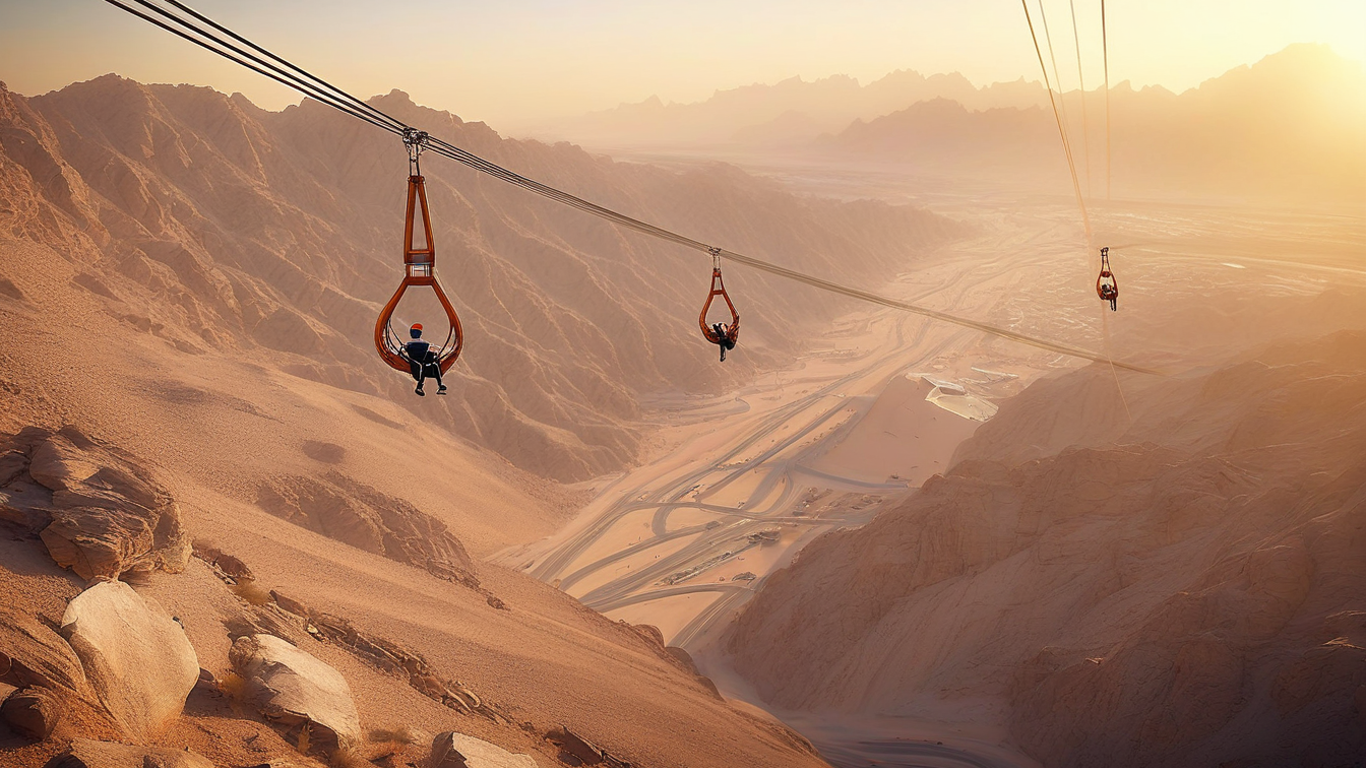
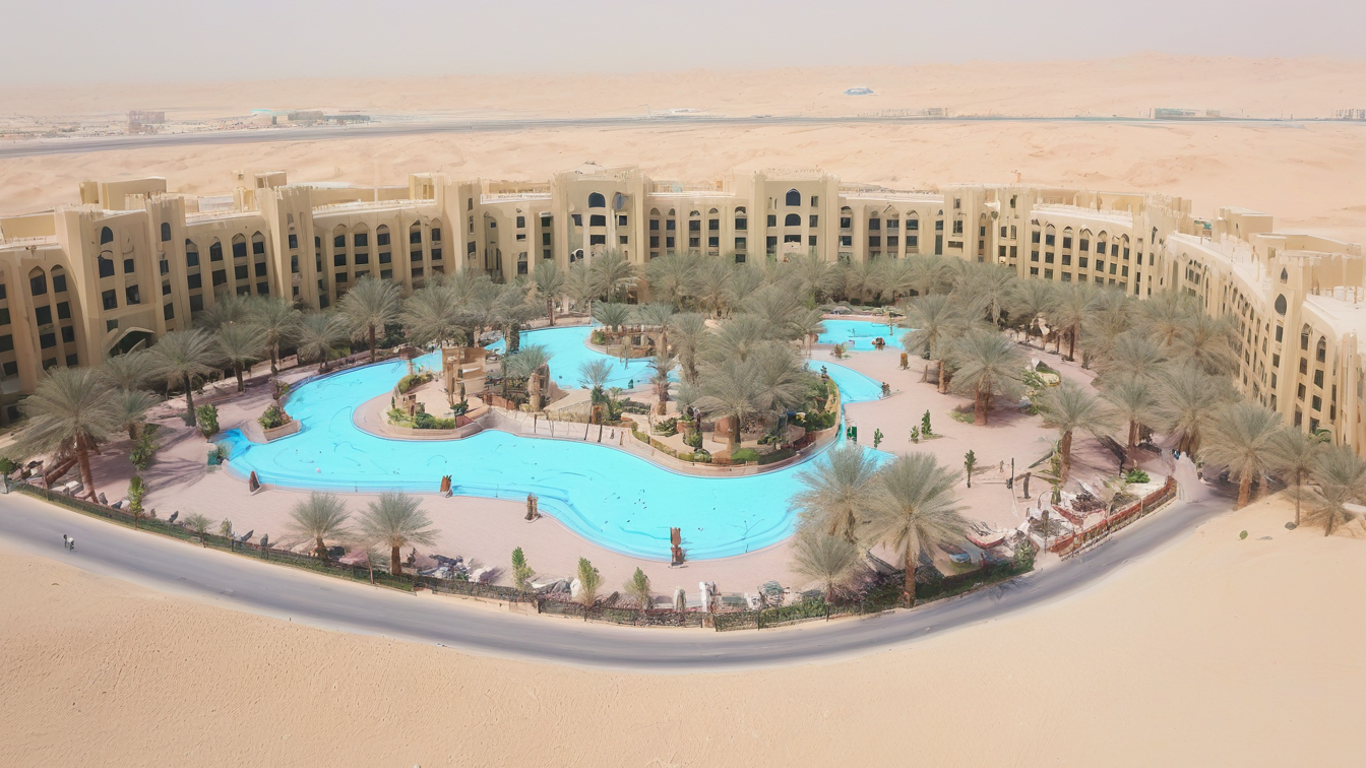
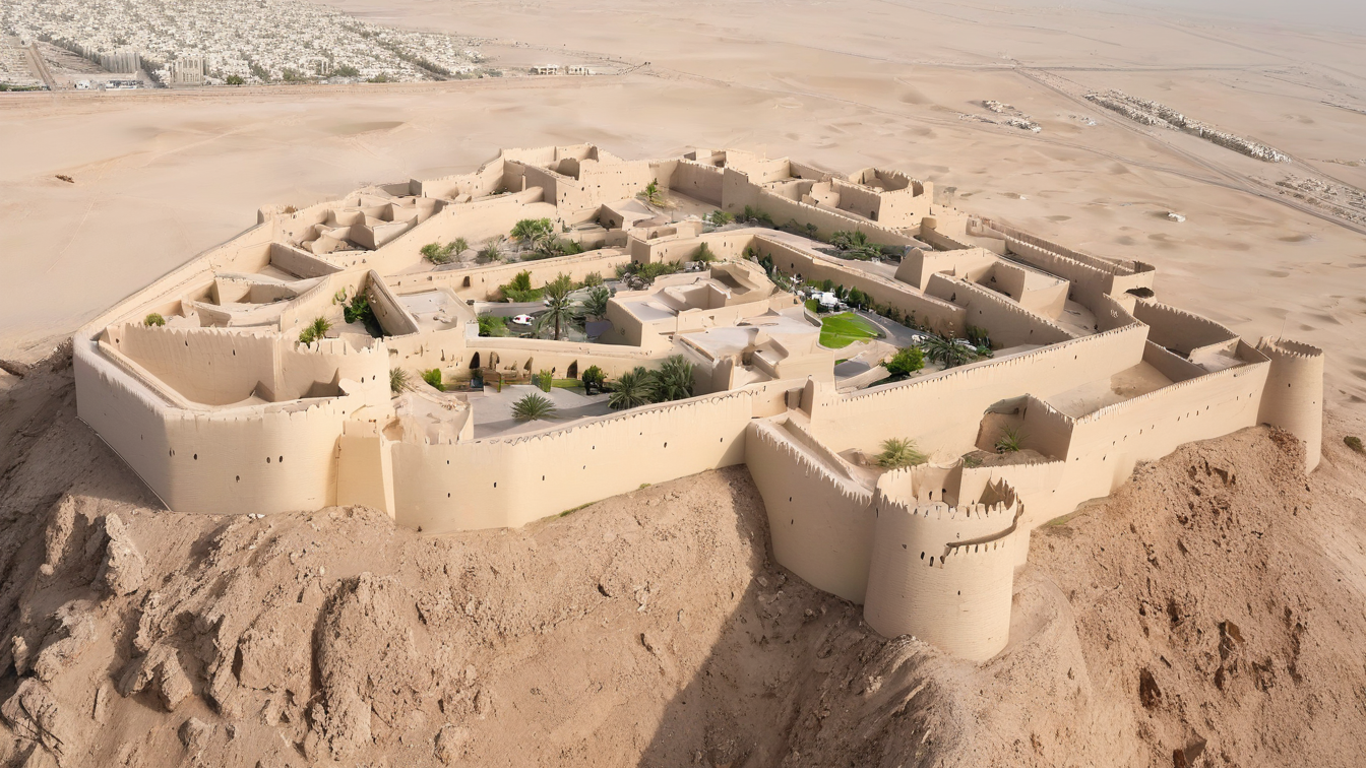
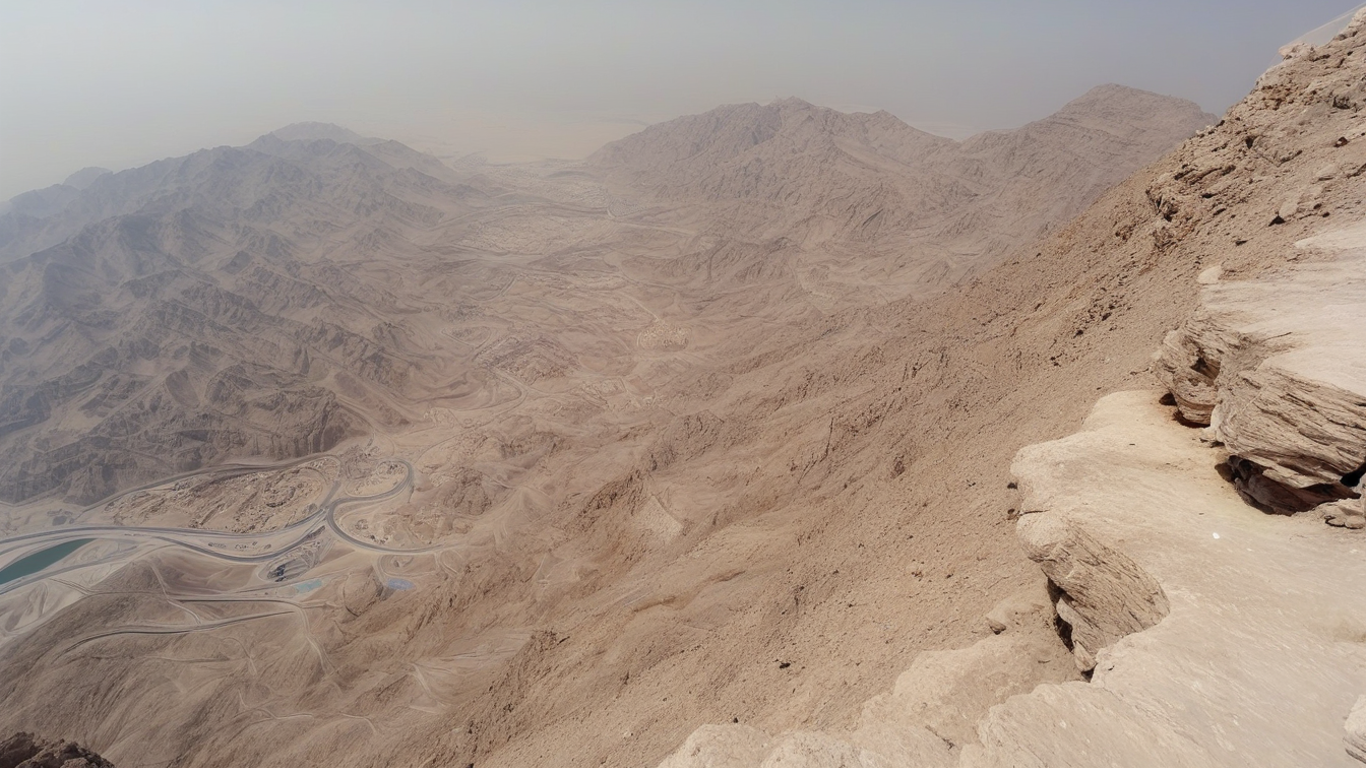
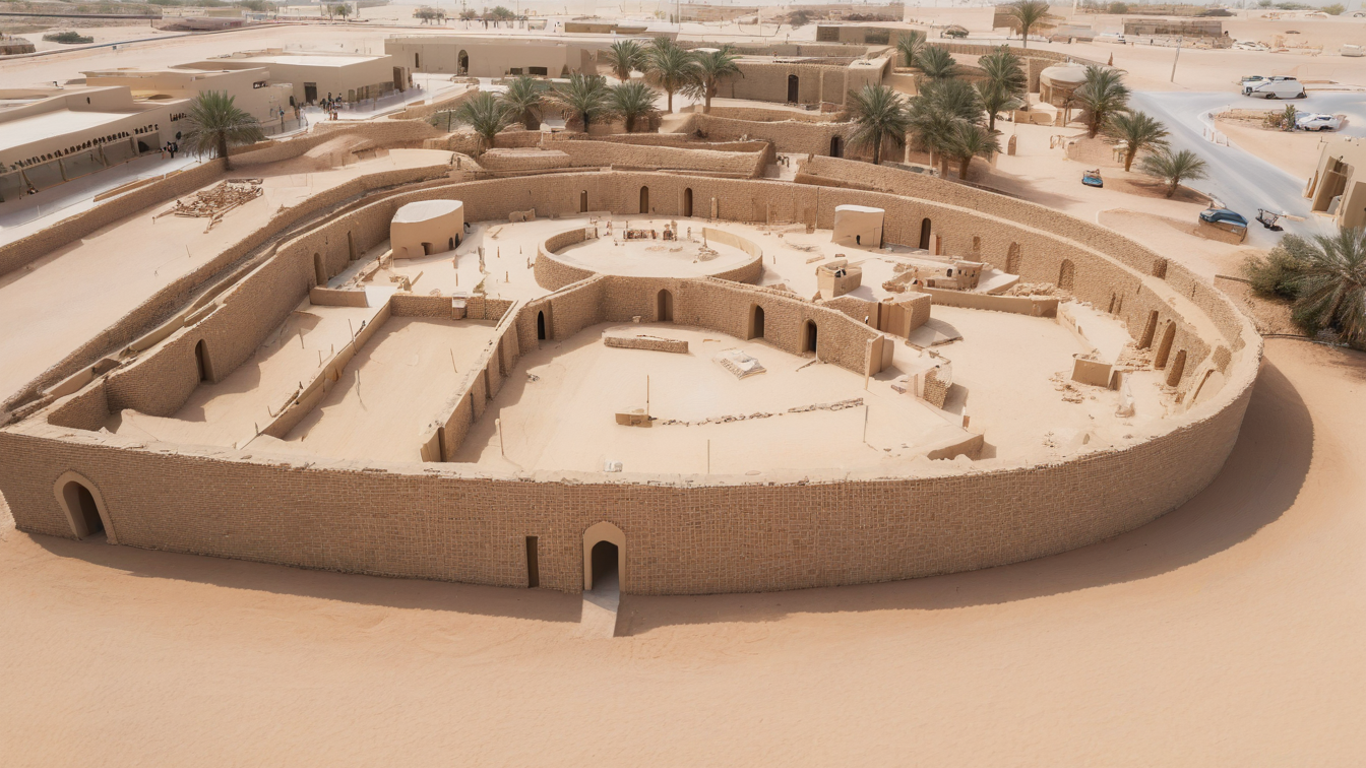
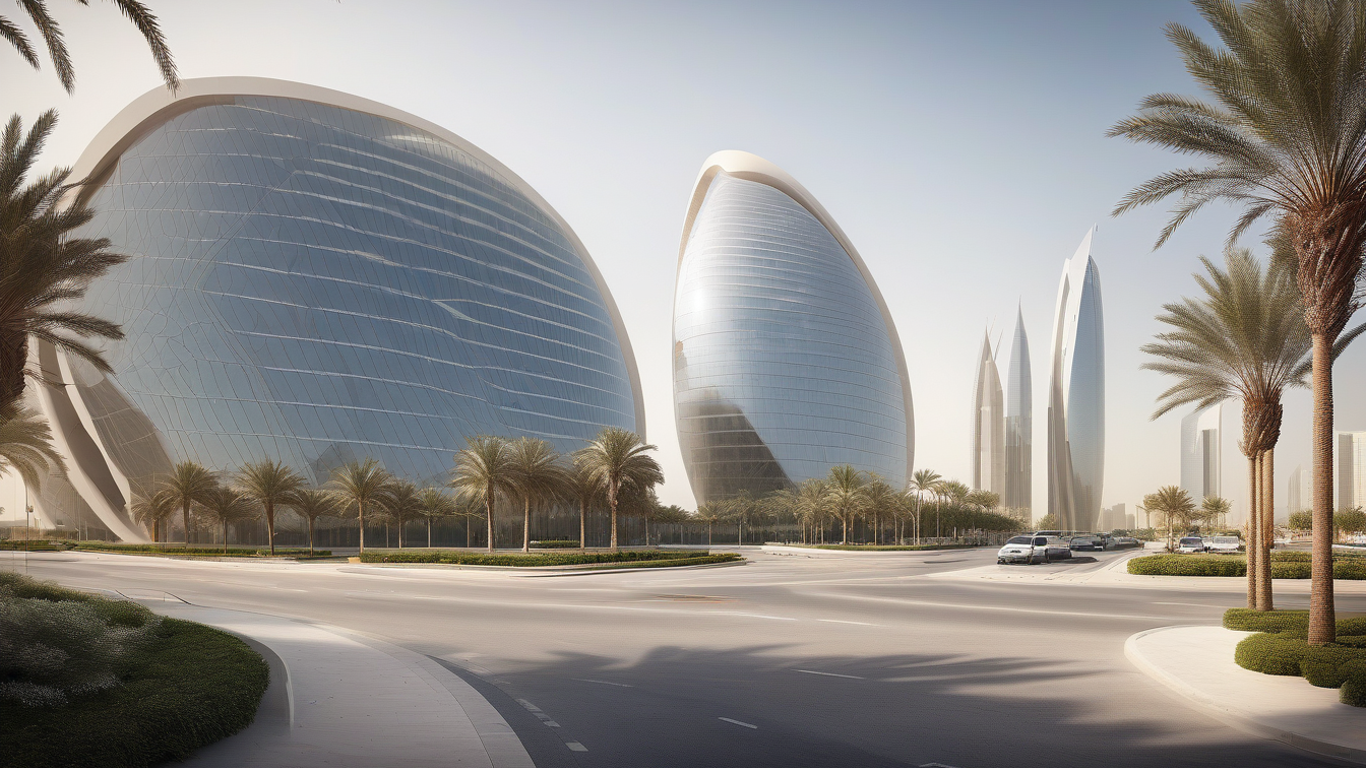
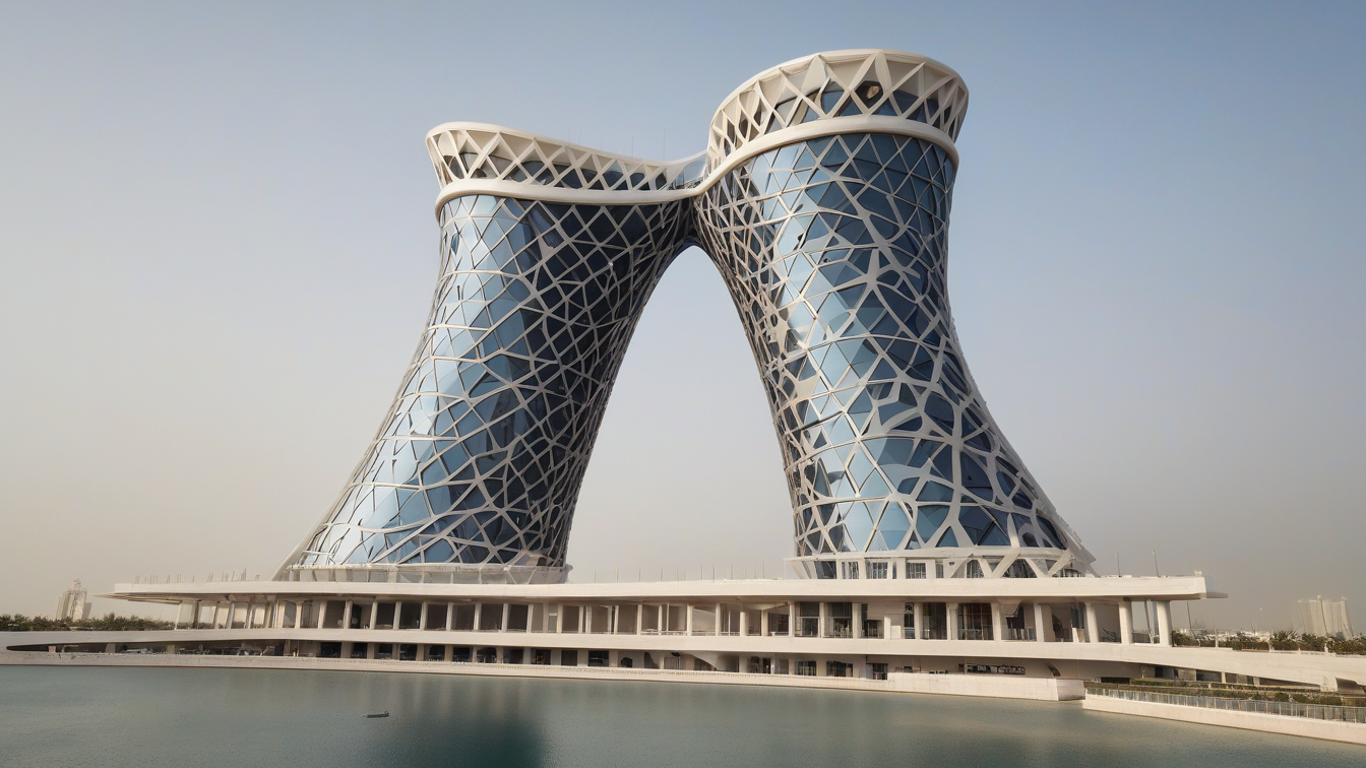
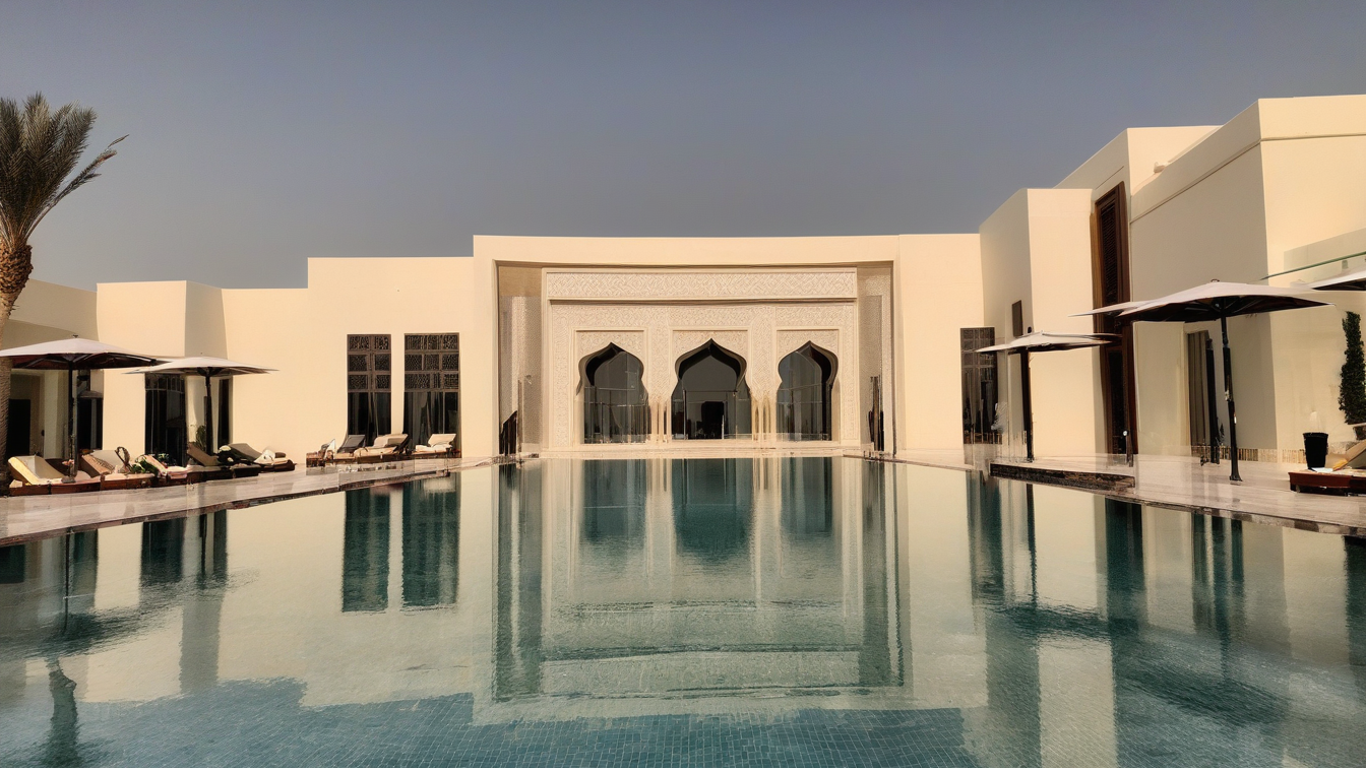
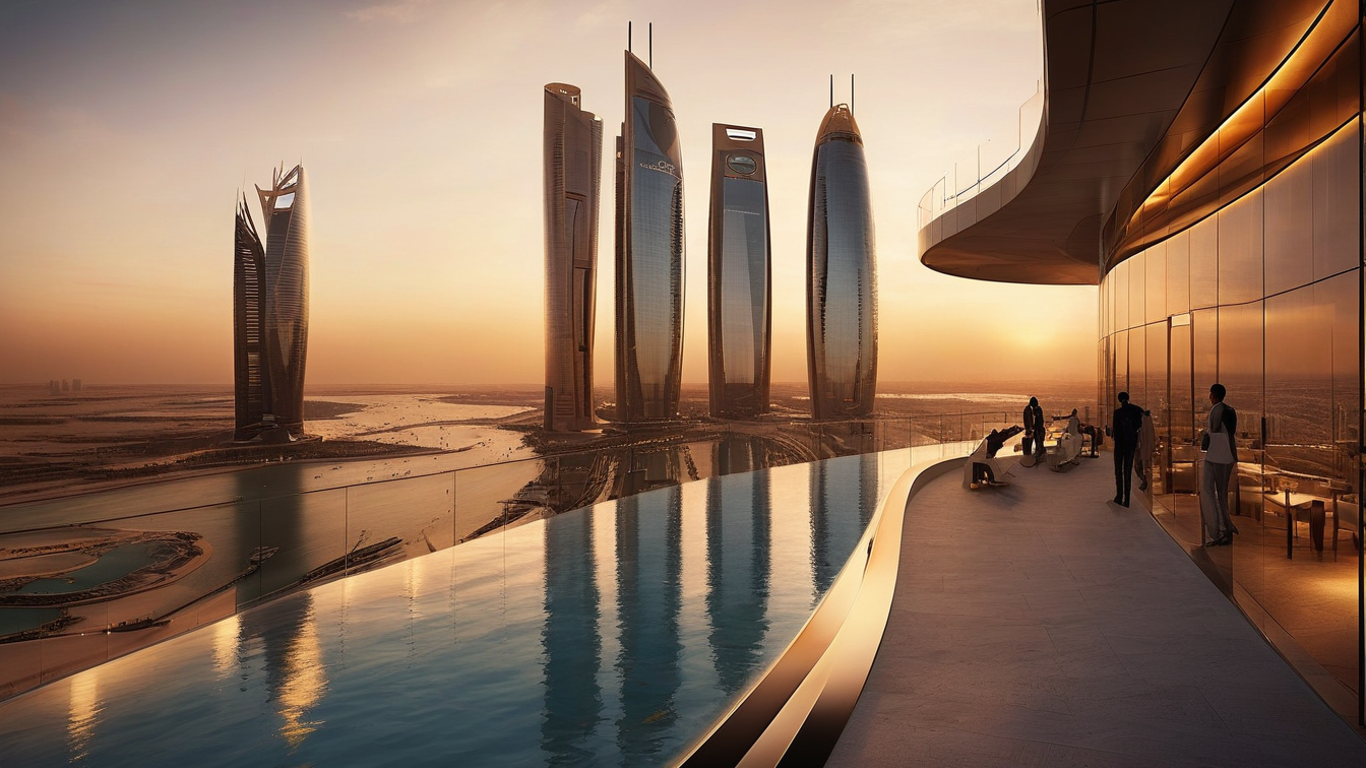
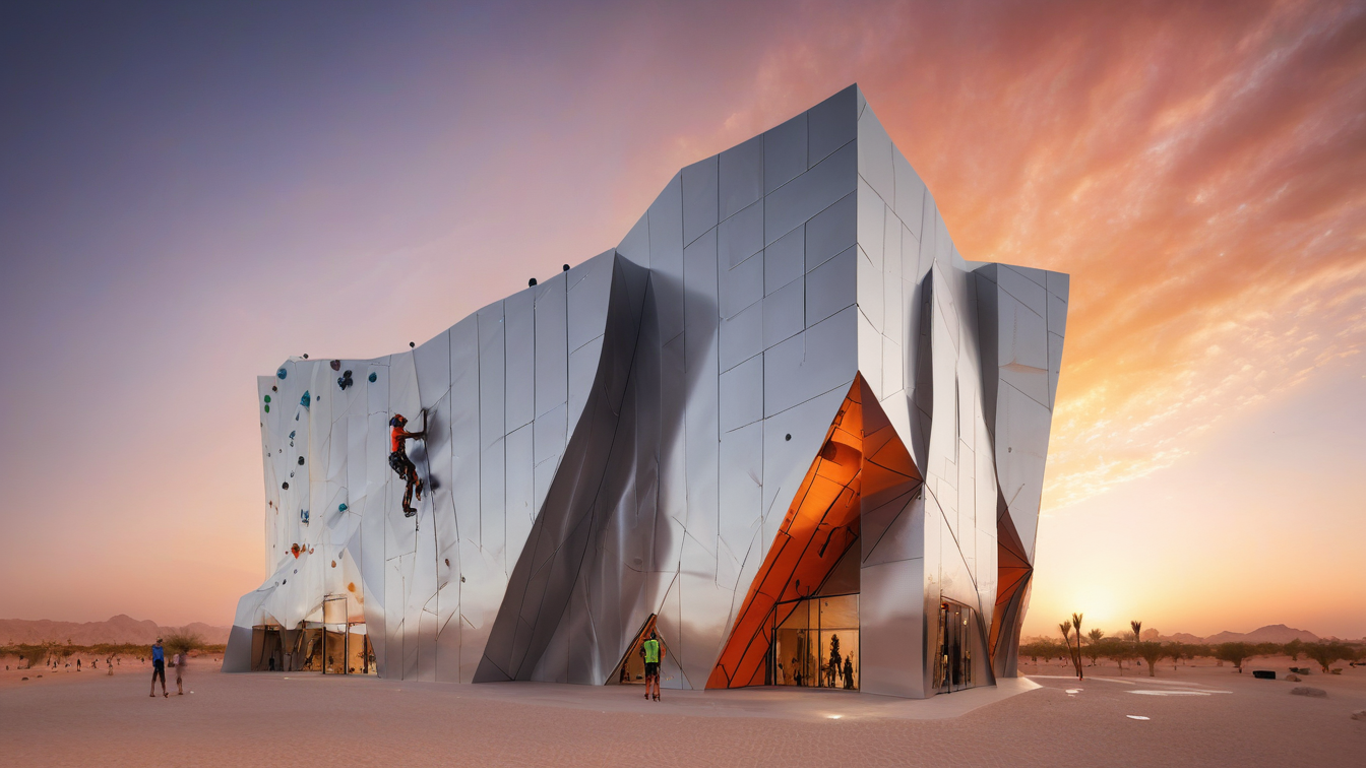



Comments (2)
{{ obj.comment_user_info.fullname }}
{{ obj.date_formatted }}{{ expandedComments[index] ? obj.comment : obj.comment.slice(0, 50) + (obj.comment.length > 50 ? '...' : '') }}
Add Comments
Login to comment